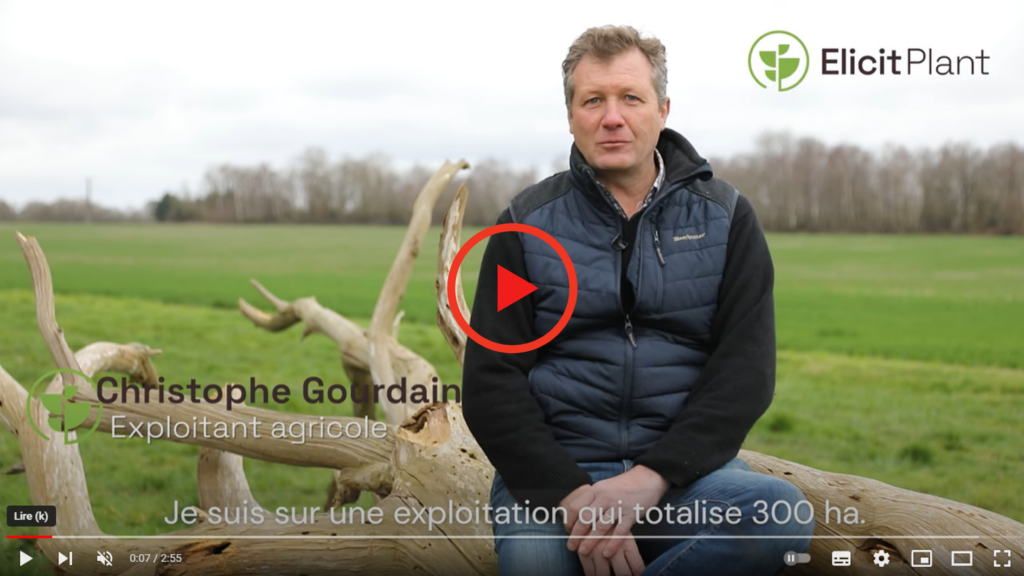On his 300-hectare farm in the Indre-et-Loire region of west-central France, Christophe Gourdain has been using Best-a for three years now. “I discovered this product at the Innov-Agri show,” he recounts. “I started using it very early on, which enabled me to conduct trials, and keep up with what was being done elsewhere. I’ve been lucky to have this opportunity – Best-a is a technical product, so you need to learn how to adapt your crop itinerary to get the most out of it.”
A no-till operation for the past twenty-five years
While phytosterols prepare crops to counteract the stress caused by water shortage, results can vary depending on farming practices and weather conditions. Committed to conservation agriculture, Christophe Gourdain has experienced this first hand, and implementing Best-a required a few adjustments on his farm.
“The first year enabled me to confirm the product’s effectiveness. But the following year, I had to review my practices, as I had allowed a large cover crop of fava beans to continue growing after sowing the corn. The beans had used up all the water that had fallen in the spring, and the summer that followed was extremely dry. Best-a had helped the corn create more grains per ear, but unfortunately the plants had not a drop of water left to fill the grains. The yield suffered… you learn from your experiences.”
Destroy the cover crop at the right time to optimize the effect of Best-a
Corn is notoriously difficult to grow alongside a cover crop. It is therefore crucial to be very accurate when choosing the date to destroy the cover crop when applying Best-a. “This year, I tackled the problem the right way, and destroyed the cover crop early,” confirms Christophe Gourdain. “It worked well: on that trial we obtained an average 12% gain with Best-a. In terms of profit margins, that’s pretty worthwhile.”
Now technically up to speed on how to apply Best-a while another plant species occupies the inter-row, Christophe Gourdain says he is ready to reinvest in the Elicit Plant solution. “In view of the good results achieved last season, I’ve decided to apply it to 70 hectares of corn,” he confirms. ““We hope to achieve results that are just as good!” The ideal time to apply Best-a is around the 6-10 leaves growth stage, when the soil’s water reserves have not been depleted.



